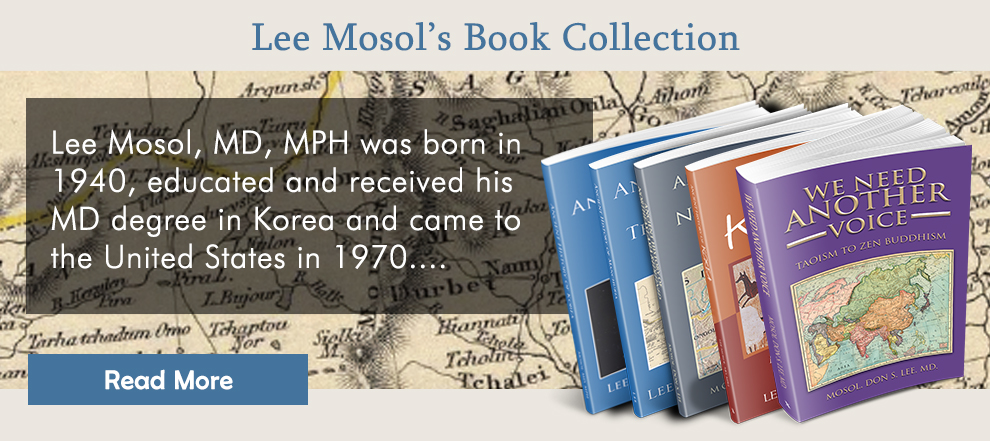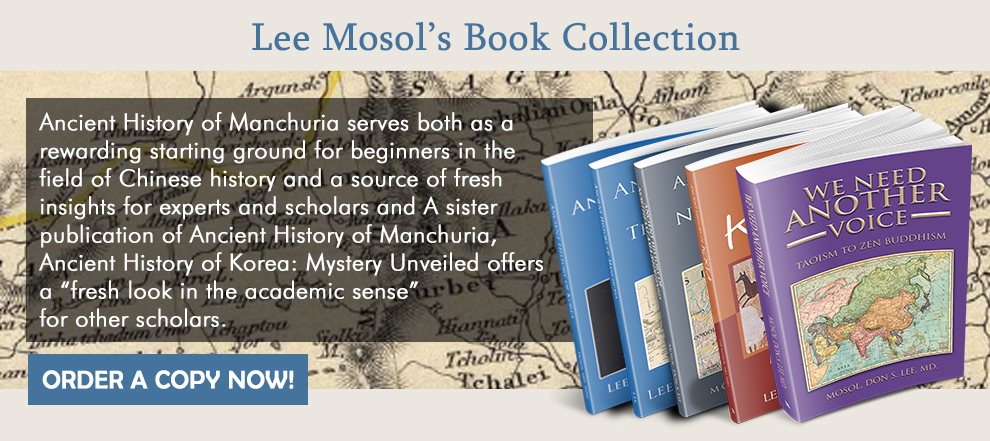Logic is the tool invented to resolve disputes: Yet, Chinese Logic is different. Three key elements; “Logogram, Lexicology, and Nomenclature” are in play to apply the logics to settle any disputes in NEA. It is imperative to confirm the language that the people struggled the epic flood had spoken. They spoke Tungusic language which is ancient Korean language. Korean had been neglected in discussion onto Chinese hermeneutics. Because of complexity of Chinese hermeneutics, they couldn’t come up with clear Nomenclature.
One unique aspect of Chinese logics is the failure of nomenclature. Gong-sun Long (公孫龍: c. 325–250 BC) left the “White Horse Dialogue” that is the result of misusing Ideographs and sentence written under different syntax. The vast majority of Ideographs were made during the early stage of Western Zhou civilization. They used same phonetics with many different PLCs and similar meanings to different Ideographs. The PLCs were flip-flopped to many PSMCs.
Ideogram “伯bó bǎi bà; Baek by Korean” means a person with Torch. Dangun, Tengri 太伯 is one example. Siam Qian described as大費. Others 羿,隸省作羿.
The ideogram referring one hundred(百; Baek by Korean) derived from the torch up to the ceiling created whole room get lighter. Korean called Ohn (온) same phenomenon as All or Whole in English, rain(비) and Comb(빛) from sunray非.
Reasonable assumption is taboo for the scientist, but essential for the study of social sciences, studying of NEA history in particular. It is equivalent to Hypotheses for the research scientist, and Rationalism in the subject of Epistemology. Assumption is equivalent to the planning for fishing, or hunting, or formulating strategies. Ancient Chinese scholars used all those means to interpret scriptures, and named the branch of study as hermeneutics which has been described with many ideograms. All those mean the study of old language. Ideographs “白 and 非” are cause and effect of light, that is the opposite phenomena of darkness and could be described with many other PLCs and phrases. There are three matters on the sky to keep darkness away. They considered those as an evidence of super being and worshipped them as Spirit. The ideographs “白 and 非” are equal to an emptiness which had been described with logogram “叚” as in the rosy cloud Ha(霞, 노을 Noeul by Korean ) with many radical applied such as “假, 瑕”. Those ideographs have included the meaning of a personification (借: 亻昔xī cuò xí; 奚,解, 羲; 해 시) from far away. Chinese Character Classification called, phonetic loan characters (假借) means the word of xià (夏, 解) people from the west. xiè people奚族is named as 回族by CCP.
The framework of Chinese civilization was formulated from the very beginning of Western Zhou dynasty and left many engravings and records Shang Shu. They sketched a map to control the epic flood. That is the origin of Shanhaejing. They left the book of change易經, which is the beginning of study the unknown. Both listed name Joseon. lots of evidences are scattered around in those books.
Evidences are in the ideographs: The scholars left meanings embedded in their design of engraving as in the phrases “誤字, 訛傳, 譌”, which means “typo, unfounded rumor, false” are still in use. Logogram Wu (誤: 言,吳=吴. 口,天) is a compound character of speech and the word from the sky. Phonetic Wu (吳) means “High, On top of”, which is the same as Wie (魏), Wèi (謂), and [wēi wō wǒ 倭] that is an archaic name referring the Japanese and sometime referring as myself. The etymology of language is written with two ideograms “言語, 언어by Korean” that is the word of leader vs word of myself. The ideographs (訛: 言,化. 亻, 匕. 化) means word of the guy carrying a dagger is wrong. The ideograph Wèi (謂: 言,胃) means report to or word of the leader. Northerners use the phrase “該書, 眞書, 該言”, literally the record of word from the Scythian(亥; 辰名, light) tribe, language of Hae people, was always RIGHT, OUGHT To.
There are many ideographs referring the grain. Most of them came from the west. The basic component of grain is ideograph Hwa and Maek “禾,麥”, which is the same phonetics of Yae-Maek people. By analyzing those ideographs, it is fair to say that the people used to live in YRVC, the birth place of current Chinese characters, came from the west and moved down to the south where alien came from the SE and set the western Zhou. Their language was different than the south part of China, commonly known as Wu Yue (吳越) region.
In the written record: They called the ordinary people (current term of public) as “Gum-su 黔首”, literally black head. Phonetics of Black head can be interpreted as gum-eun-meo-ri (검은 머리) by current Korean language. Korean dictionary interprets logogram “黎” as “검을 려, Ryeo as in Goguryeo”. Ancestor of Goguyreo people used to live in the birth place of YRVC. The Records of the Three Kingdoms has the phrase “注易, 往往有高麗言” that means now and the Goguryeo words were found in the Book of Changes. Goguryeo people used ideograms meaning sun or sunbeam causality “解 解枇氏 高:『北』古『別』字”as their family names. The phrase “其義則丘竊取之矣” interpreted to “Its righteous decisions I ventured to make”. The phrase is old Korean syntax. Confucius embezzled(丘取) Gojoseon History(竊父史. 竊帝史) and concealed Gojoseon.
About the Author
Written by Lee Mosol
Retired physician from GWU and Georgetown University in 2010 2011: First Book in Korean "뿌리를 찾아서, Searching for the Root" 2013: Ancient History of the Manchuria. Redefining the Past. 2015: Ancient History of Korea. Mystery Unveiled.
Recent Posts
Recent Comments
- Don S. Lee MD on 부여의 시말:
- Seowa etymologist on Silla from Zhina(Southern China) to Korean Peninsula.
- James Kim on 약우 (若愚)
- James Kim on 약우 (若愚)
- James Kim on 약우 (若愚)
Archives
- January 2025
- November 2024
- May 2024
- February 2024
- October 2023
- August 2023
- June 2023
- May 2023
- March 2023
- February 2023
- January 2023
- August 2022
- July 2022
- April 2022
- March 2022
- January 2022
- December 2021
- November 2021
- October 2021
- September 2021
- August 2021
- July 2021
- June 2021
- March 2021
- February 2021
- January 2021
- December 2020
- November 2020
- October 2020
- September 2020
- May 2020
- April 2020
- March 2020
- February 2020
- January 2020
- December 2019
- November 2019
- October 2019
- September 2019
- August 2019
- July 2019
- June 2019
- May 2019
- April 2019
- February 2019
- January 2019
- December 2018
- November 2018
- October 2018
- September 2018
- July 2018
- March 2018
- February 2018
- December 2017
- November 2017
- October 2017
- September 2017
- August 2017
- July 2017
- June 2017
- May 2017
- April 2017
- March 2017
- February 2017
- January 2017
- December 2016
- November 2016
- October 2016
- September 2016
- August 2016
- July 2016
- June 2016
- May 2016
- October 2015
- September 2015
- July 2015
- May 2015
- April 2015
- November 2014



